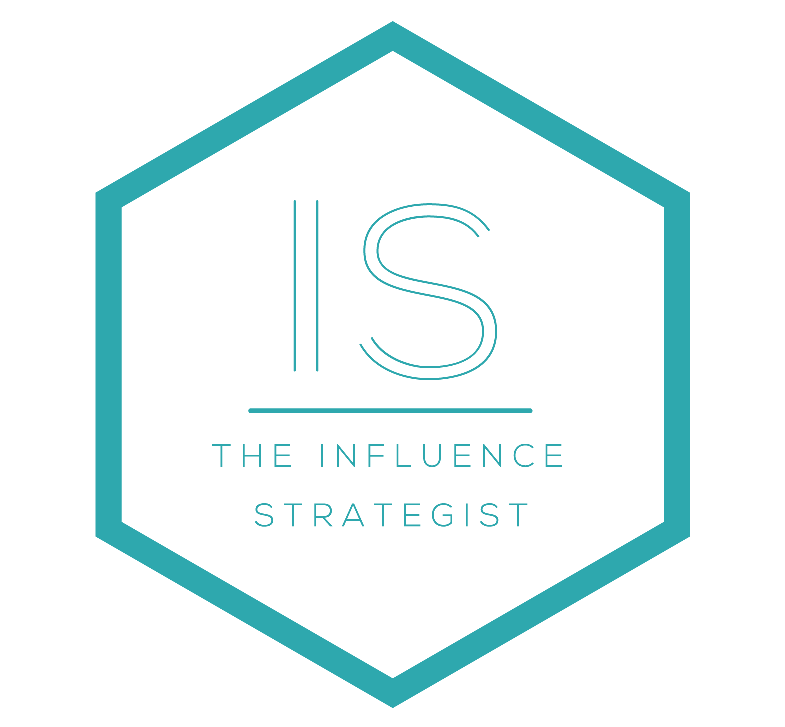Measuring Influencer Marketing R.O.I
There is currently no industry wide way of evaluating Influencer marketing, there are multiple ways of doing it but they often contradict. One of the most common is to simply measure the Reach and come up with a Cost Per Thousand number - but this makes no sense and devalues the higher value of each “view” of a trusted follower, not mention misses lots of other important “value” points in the campaign.
The reality is that Influencer an Influencer marketing’s campaigns value is made of multiple valuation points, this its beauty and its curse.
The key to getting it right is to set yourself up for success by knowing what it looks like from day one. Be clear on what you want to measure, and how you will measure it by identifying the metrics that matter most for your brand. Whether it’s likes and views, positive sentiment, conversion to purchase or heightened awareness, your influencer activity needs to be highly focused and accurately measured.
Capturing the value of influencer marketing from the beginning of the sales journey to the very end is however not a simple process.
I’ve created a tool to help with the evaluation called MIME: Media Influencer Measurement and Evaluation. This tool evaluates influencer success in terms of awareness, consideration and purchase.
It measures the full value of influencer campaigns, with measurable metrics calculating the value from first view, engagement and click through to purchase.
It is by no means a simple process, and for most campaigns only a few of the metrics will be relevant - not all of them. For example some campaigns are simply about Scale, they won’t create many click throughs and they won’t change sentiment. While some other campaigns are just about engagement - but the Reach may be small. But this doesn’t mean that the various value points should not be considered, if you miss them then you undervalue the work being done and don’t get a true read on the value of the campaign.
The tool is not perfect, but it asks questions and forces you to evaluate the whole value chain and drill down into all the possible metrics, giving you a more informed, and more accurate report.
For more information, drop me a line to discuss.

